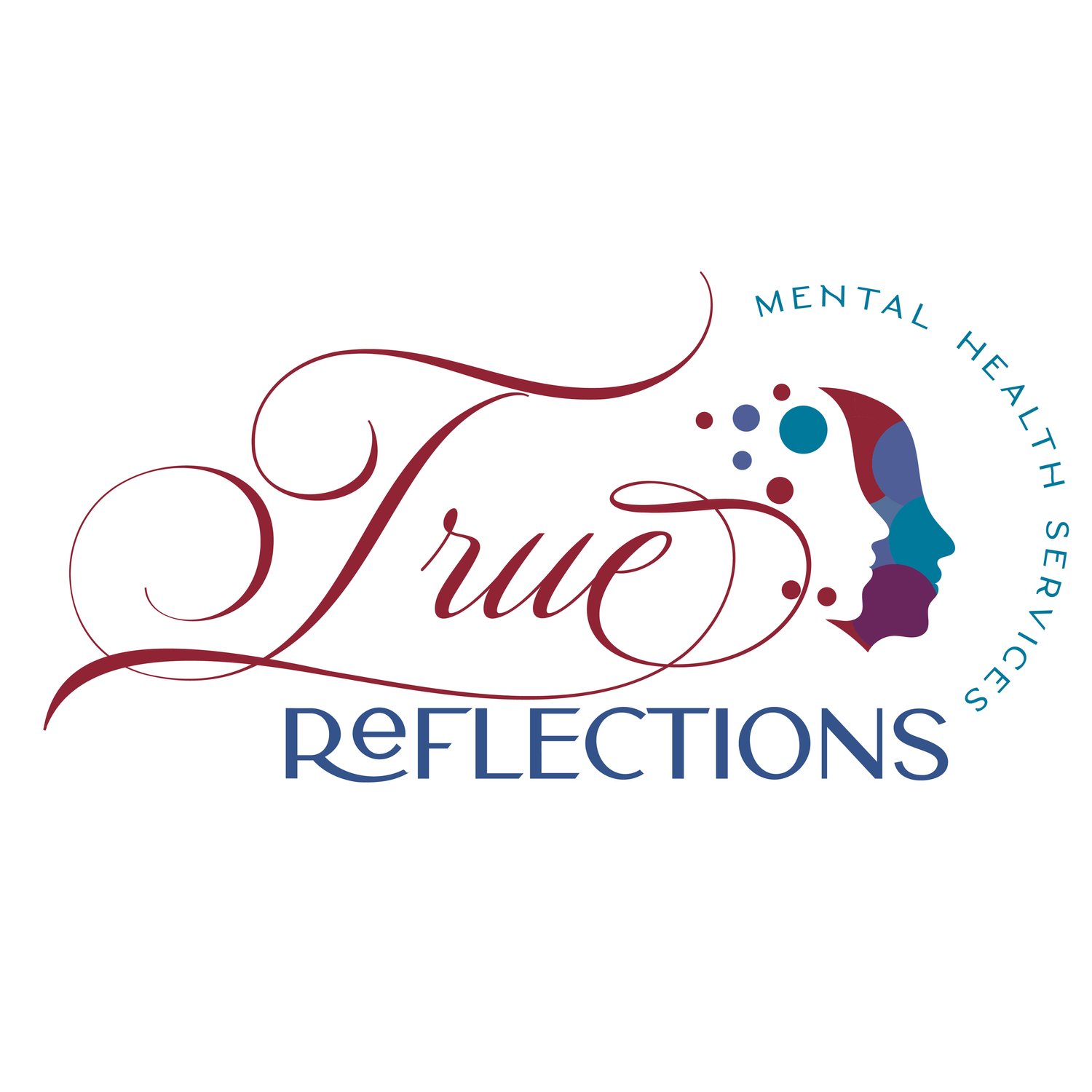The Connection Between Phobias and Trauma in Children
Childhood is a crucial period in human development, shaping the foundation for future emotional, cognitive, and social well-being. Unfortunately, some children encounter traumatic experiences that can have lasting effects on their mental health. One such manifestation is the development of phobias, irrational fears that can significantly impact a child's daily life.
This blog explores the intricate connection between phobias and trauma in children, shedding light on the mechanisms through which early-life experiences can shape a child's emotional landscape.
Understanding Phobias in Children
Before delving into the relationship between phobias and trauma, it's essential to comprehend what phobias are and how they manifest in children. Phobias are intense, irrational fears of specific objects, situations, or activities. While it's common for children to experience fears during their development, phobias go beyond normal apprehensions, causing significant distress and interference with daily functioning.
Common childhood phobias include fear of the dark, animals, insects, or specific places. However, when these fears become overwhelming and result in avoidance behaviors, they may be indicative of a more profound issue rooted in traumatic experiences.
The Impact of Trauma on Children
Childhood trauma can take various forms, including physical, emotional, or sexual abuse, neglect, witnessing violence, or experiencing a natural disaster. Such traumatic events disrupt a child's sense of safety and security, leaving a lasting imprint on their psychological well-being.
Children rely on their caregivers for protection, nurturance, and support. When these foundational elements are compromised, it can lead to profound emotional distress. Trauma can overwhelm a child's coping mechanisms, resulting in a range of psychological responses, including anxiety, depression, and, in some cases, the development of phobias.
The Link Between Trauma and Phobias
The connection between trauma and phobias in children is complex and multifaceted. Traumatic experiences can sensitize a child's nervous system, leading to heightened reactivity to specific stimuli associated with the traumatic event. This heightened reactivity can manifest as a phobic response, as the child develops an intense and irrational fear of stimuli reminiscent of the trauma.
For example, a child who has experienced a car accident might develop a phobia of traveling in vehicles. The association between the traumatic event and the specific stimulus (in this case, cars) becomes deeply ingrained, triggering anxiety and avoidance behaviors.
Moreover, trauma can disrupt the normal development of cognitive processes, leading to distorted perceptions of safety and threat. Children who have experienced trauma may perceive non-threatening stimuli as dangerous, contributing to the formation of phobias.
Protective Mechanisms and Coping Strategies
Phobias in children may also serve as protective mechanisms and coping strategies. In the aftermath of a traumatic event, a child may develop a phobia as a way to avoid situations or stimuli associated with the trauma, thus minimizing the risk of re-experiencing distressing emotions. While these coping strategies may provide temporary relief, they ultimately hinder healthy development and limit a child's engagement with the world.
The Role of Parental Influence
Parents play a crucial role in shaping a child's response to trauma and influencing the development of phobias. A secure and supportive attachment with caregivers can serve as a protective factor, mitigating the impact of traumatic experiences. Conversely, a lack of support or inconsistent caregiving can exacerbate the effects of trauma, increasing the likelihood of phobia development.
It's essential for parents to be attuned to their children's emotional needs, providing a safe and nurturing environment that fosters resilience. When parents are actively involved in helping their children process traumatic experiences, it can significantly reduce the risk of developing phobias.
Early Intervention and Treatment
Early intervention is key to preventing long-term effects on a child's mental health caused by trauma and phobias. Identifying signs and providing effective treatment is crucial. Cognitive-behavioral therapy (CBT) has proven to be a valuable therapeutic approach for treating phobias in children. CBT helps children identify and challenge irrational thoughts and fears, gradually exposing them to the feared stimuli in a controlled and supportive environment. Exposure and Response Prevention (ERP) is a therapeutic approach that can significantly benefit children struggling with phobias. By systematically exposing the child to the feared object or situation in a controlled manner, ERP helps them confront their fears gradually. Additionally, trauma-focused therapies, such as Eye Movement Desensitization and Reprocessing (EMDR), can address the underlying traumatic experiences contributing to the development of phobias.
The connection between phobias and trauma in children underscores the profound impact early-life experiences can have on mental health. Trauma disrupts a child's sense of safety and security, leading to heightened reactivity and the development of irrational fears. Understanding this link is crucial for parents, caregivers, and mental health professionals to provide timely intervention and support.
By fostering a secure and nurturing environment, acknowledging the signs of trauma, and seeking appropriate therapeutic interventions, we can help children navigate the challenges posed by phobias and build resilience for a healthier future. Ultimately, by addressing the root causes of phobias in the context of trauma, we can pave the way for a brighter and more emotionally stable childhood.
Janine Kelly, MSW, LCSW, RPT, CATP, ADHD-CCSP, CCATP-CA is a Registered Play Therapist, Certified EMDR Therapist, and Perinatal Mental Health Therapist in Middlesex, NJ. Janine specializes in childhood anxiety, childhood OCD, childhood trauma, and supporting children who experience neurodivergence such as ADHD and Autism. She also specializes in pregnancy and postpartum mood disorders such as anxiety, panic disorder, OCD, depression, and Post-traumatic Stress Disorder (PTSD).
*This blog is not a substitute for therapy. To request an appointment, please click below.




